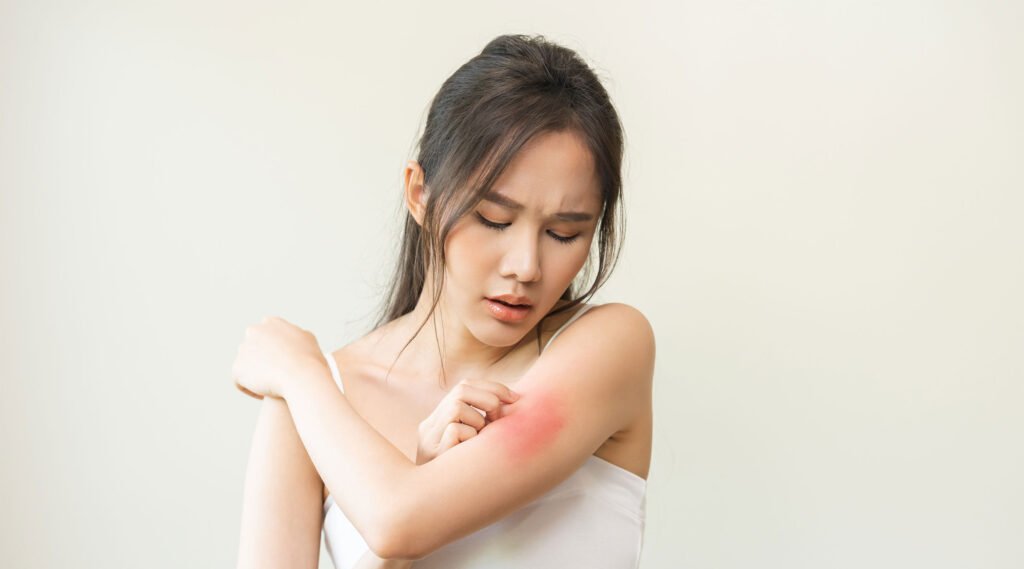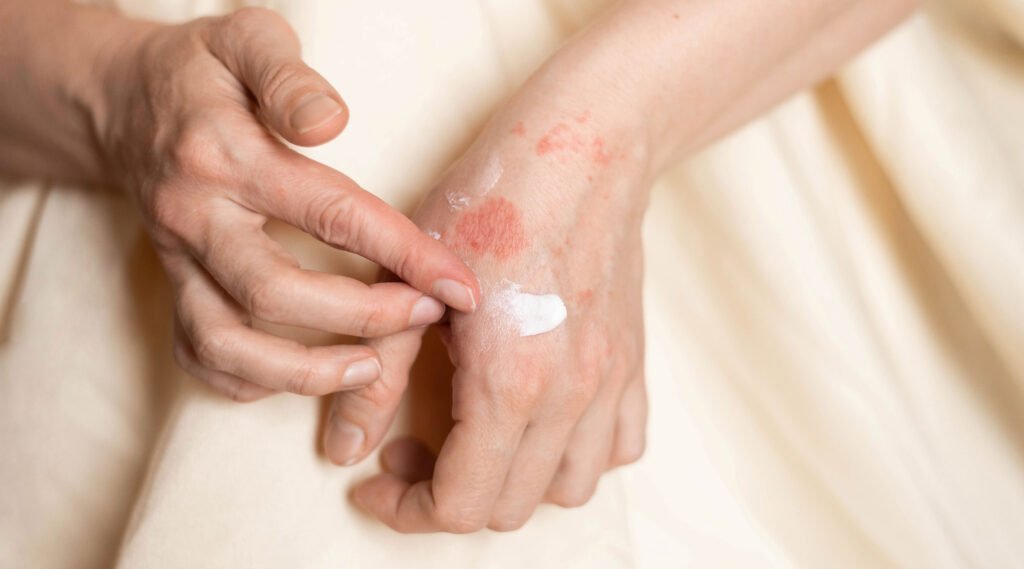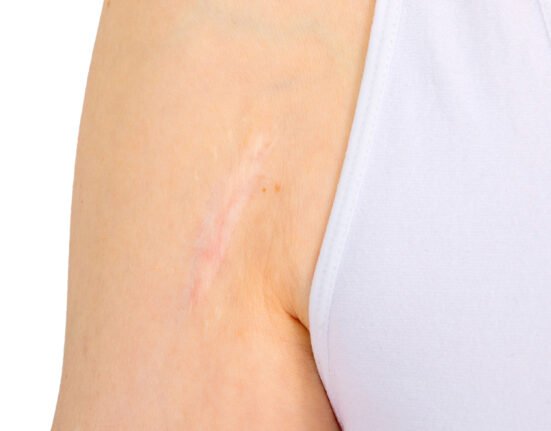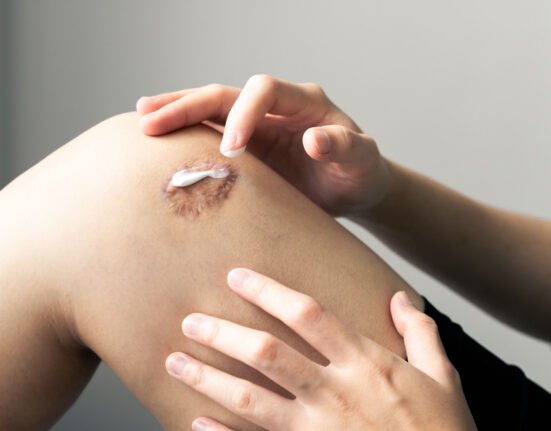How to Relieve Itching in Dry Wounds
Relieving itching in dry wounds is important because one of the signs that a wound is starting to heal is drying. However, many people complain about itchiness during this stage.
Itching can occur for several reasons, from the body’s natural healing response and nerve irritation to the release of histamine, a chemical released by the immune system when responding to injury or infection.
Why Do Dry Wounds Itch?

1. Inflammation and Histamine Release
As the wound heals, white blood cells work to clean the wound area and begin repairing tissue. This process releases histamine, which triggers inflammation.
Histamine works by:
- increasing blood flow to the wound,
- making blood vessels more permeable so immune cells can enter easily,
- signaling other immune cells to come to the site,
- interacting with nerve endings in the skin, which causes itching.
2. Nerve Healing
If the wound is deep enough to affect the nerves, the process of nerve regeneration can also cause itchiness. This is common in puncture wounds, burns, infections, or cuts that reach deeper tissues.
3. Tissue Repair Process
During the proliferation phase, new skin cells, blood vessels, and connective tissue form to replace damaged tissue. As new tissue stretches and shifts, it can irritate nerve endings and lead to itching.
4. Scabs and Dry Skin
A scab is a natural sign that the wound is drying and forming a protective barrier. However, dry and tight skin often worsens nerve irritation, causing itchiness.
Tips to Relieve Itching in Dry Wounds

1. Keep The Wound Clean and Dry
Cleaning the wound regularly is important to prevent infection and support optimal healing.
2. Maintain Skin Moisture Around The Wound
Overly dry skin is more likely to itch. Use a gentle, fragrance-free moisturizer. Avoid applying it directly to an open wound—apply only to the surrounding area.
3. Avoid Scratching
Scratching can worsen irritation, cause pain, and even reopen healing tissue. The temporary relief is not worth the risk of infection.
4. Use a Cold Compress
Apply a cold compress or ice wrapped in a clean cloth around the wound for a few minutes. This can help reduce inflammation and make the area feel more comfortable.
Itching in dry wounds is actually a normal part of the healing process. Even so, it still needs to be managed to prevent discomfort and reduce the risk of infection from scratching.
With simple care such as keeping the wound clean, moisturizing the surrounding skin, and using cold compresses, you can make healing more comfortable.
Support Healing with Proper Wound Care
In addition to the tips above, using wound care products can help keep the healing process safe. You can combine:
- wund+™ Wound Spray to clean the wound and prevent infection,
- wund+™ Regeneration Cream to moisturize the skin around the wound, reduce itching, and support tissue regeneration.
By keeping the wound clean and caring for the surrounding skin, the recovery process becomes more comfortable, and the risk of complications can be reduced.
References
CityMD. Accessed in 2025. Why do wounds itch? How the body heals
Elatoplast. Accessed in 2025. Is an itchy wound a sign of healing?
Healthline. Accessed in 2025. Why Does the Area Where I Have Stitches Itch, and What to Do About It














Leave feedback about this